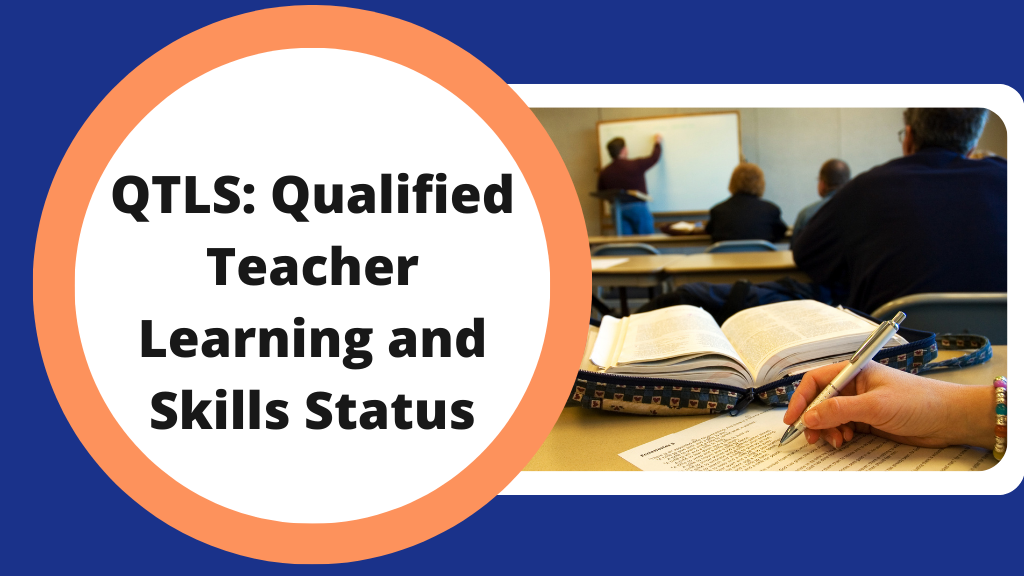September 25, 2017
7 Tips for Effective Lesson Planning
Imagine being the captain of a cruise ship in the middle of the ocean. You know the name of the idyllic island you must reach, and your responsibility is to ensure the passengers arrive safely and have a good time there. A teacher is like a captain: they must use ‘navigation tools’ and develop excellent and detailed ‘maps’ to navigate the vast sea of knowledge, helping students reach their final destination. The most reliable instrument that a teacher can use is a lesson plan.
Many teachers underestimate the importance of lesson planning and consider the process of writing even a basic plan as a waste of time or a useless formality. But think about it for a moment: Would you cook dinner without having bought your ingredients and having them all to hand? By following simple and straightforward steps, especially as a chef, you can be sure to have a delicious meal. The same happens when it is time to deliver a session: by planning well, you and your students will enjoy a positive learning experience.
What is a Lesson Plan?
A successful lesson plan is a ‘map’ of your lesson, which shows where you start, the route you take, and the final destination. You might use different formats depending on the school or organisation’s requirements and the subject you teach.
According to studies, lesson plans can assist in developing teaching quality, and students prefer lesson plan-induced academic sessions.
Types of Lesson Plans
There are five different types of lesson plans, which will change depending on a particular lesson or subject you are teaching:
- Daily Plans: Teachers plan each day and cover one class or day. Each day has a goal and a small test.
- Weekly Plans: One lesson plan for a week. Teachers introduce the topic early in the week, let students practice, and then check their understanding.
- Unit Plans: These cover a big topic over two weeks to two months. They are detailed and let teachers adjust the pace for different classes.
- Content Area Plans: Teachers who teach many subjects make plans for each one. These could be daily, weekly, or for a whole unit.
- Level Plans: Teachers with different subject levels or year groups make plans for each grade. For example, a teacher might teach Level 1 in the morning and Level 3 in the afternoon. Each grade/level has its plan.
7 Tips to Get Your Lesson Plan Sorted Out
Experienced teachers understand the importance of integrating prior knowledge and skills into their lesson plans. This approach not only reinforces previous learning but also prepares students for future lessons.
1. The lesson needs to be structured logically
A good lesson plan should include an introduction, a body, and a conclusion. It should outline teaching strategies for the whole lesson. This helps in delivering the content effectively from start to finish.
2. Define clear aims and objectives
Once these are set, all the activities will be easier to plan with their aims and objectives:
- Aims are general statements used to explain what the teacher wants to do in the lesson. E.g. ‘To teach students how to count in Italian’.
- Objectives describe what the students should be able to achieve by the end of the session, something to aim for. E.g. ‘By the end of the lesson students will be able to count from 1 to 10 in Italian’.
Remember to plan by using the SMART formula (specific, measurable, achievable, realistic and time-bound). Note that vague verbs such as ‘to know…’, to understand…’ will only make the assessment part more difficult to observe and measure for you. Instead, use more specific verbs, such as ‘to describe, to list, to explain,’ etc, to clarify learning outcomes.
3. Break your lesson plan into different sections
Create a grid if that’s easier for you, and fill it in with the timing for each activity. Include teacher activities and learner activities so that you know what you and your class will be doing for classroom management. Don’t forget to include the resources you will need to use and the assessment you plan to carry out.
4. Your lesson plan is your tool
It’s there to guide you and support you during your lesson. When consulting it, try to be flexible and be prepared to change things if necessary, and your first lesson plan doesn’t have to stay the same. Trust me, there’s nothing wrong with changing your mind!
5. Always consider students’ needs
It’s important to consider the learning preferences of students, as every student learns differently. Incorporating various teaching methods that cater to different learning styles ensures that the lesson is effective and engaging for all students.
6. Include a range of different activities
Variety is the spice of life! Learners will appreciate your effort, and they will be keener to participate. Incorporate different learning activities like interactive worksheets, a variety of teaching resources, and visual aids. Using diverse lesson materials keeps students engaged and caters to different learning styles.
7. Plan extra
It’s always a good idea to prepare additional activities, just in case your students finish earlier what you have prepared for them. It’s better to be prepared for the unexpected!
Learn Lesson Planning with Carlton Training
Lesson planning is part of being a competent and capable teacher. Schools and training organisations expect teachers to be able to produce well-structured lesson plans. Sometimes, inexperienced teachers dread writing lesson plans, as they have no idea how to do it. In their mind, lesson planning becomes a terrifying monster, ready to ruin their lessons.
It’s true that writing a good lesson plan takes time and effort, but there is no need to panic. Luckily, this is a skill that can be learned. All the teacher training courses we offer at Carlton Training, like our Level 3 Award in Education and Training (AET), include lesson planning. Let us teach you how to plan effective lessons and be certain that the lesson plan will become your best friend in the classroom.
Next ›‹ Previous
Back to Blog








